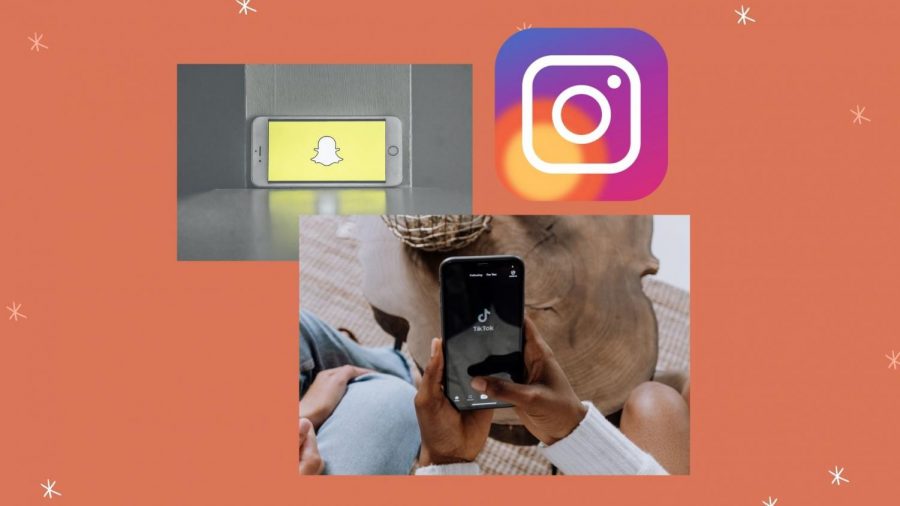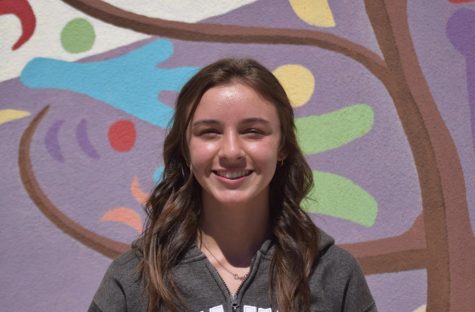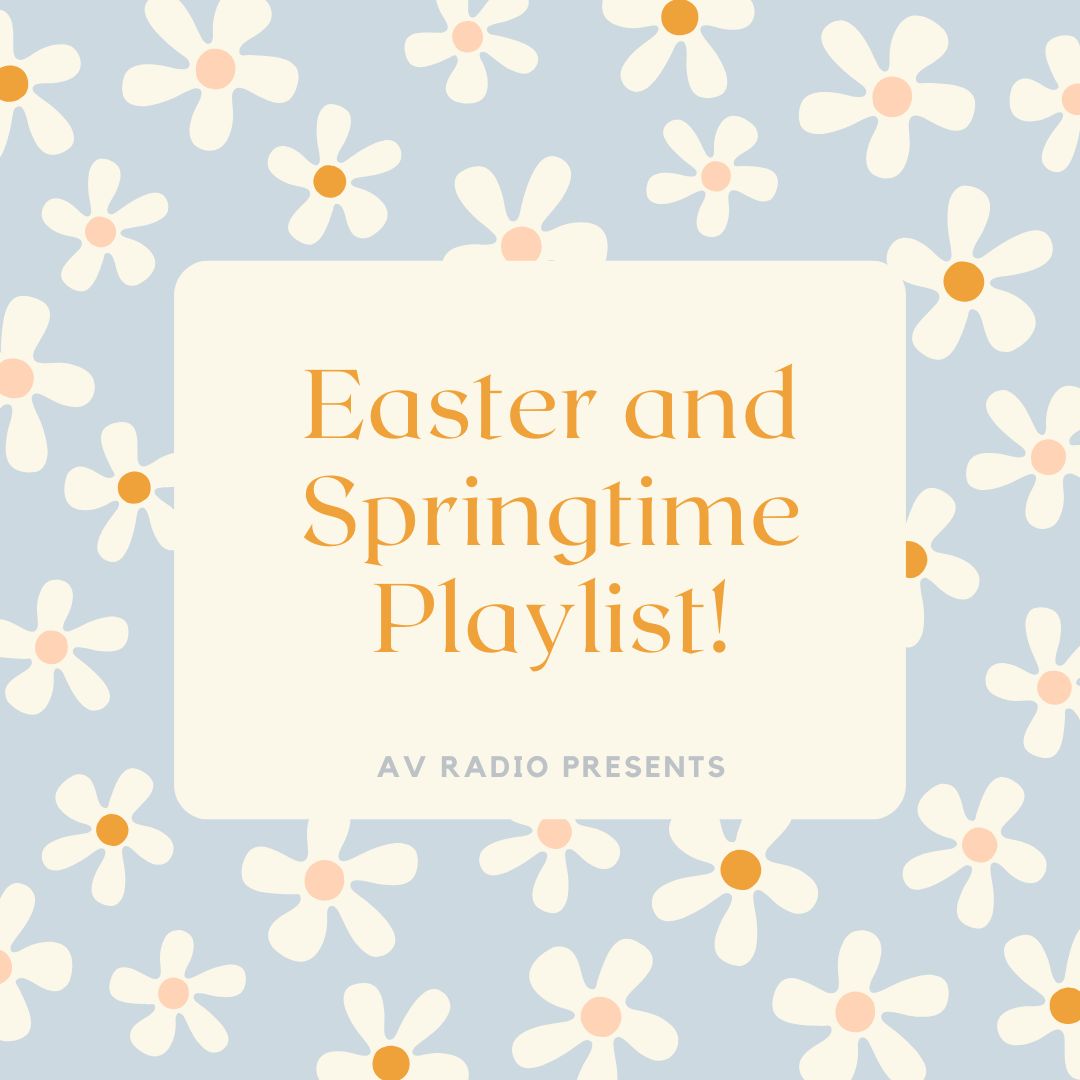How social media helping students stay connected
November 17, 2020
Since the initial coronavirus lockdown in March, students have been on their phone perhaps more than ever, using them to stay connected with the help of social media.
“Social media has kept my friends and I connected because we can see what we’re doing, how we’re feeling, or just get a good laugh from one another,” said Ashley Torres (‘22).
Three of the most popular outlets include Snapchat, Instagram, and the all-powerful TikTok, each serving their own purpose.
“Snapchat has really helped keep students connected by simply letting us see each other’s faces, satisfying the fact that we’re no longer with everyone almost every day,” said Ryan Brace (‘22).
Snapchat’s private stories are an easy way to keep friends of your choice up-to-date, and streaks keep students consistently in contact with one another. However, while important to remain informed, Snapchat news outlets such as The Daily Mail are not exactly reliable sources.
“Snapchat news outlets are generally biased and sometimes contain polls that are very off-setting due to voluntary response bias. I try not to listen to or watch those outlets,” said Brace.
The presence of politics in social media is nothing new. The introduction of Instagram Stories to an intense political climate has nearly transformed the app from carefree and casual to opinionated and controversial.
“I’m more aware of other student’s political stances than ever before. It’s interesting seeing whose opinions I agree with versus whose I differ from,” said Torres.
Yet, the carefree and casual side lives on with “finstas” (fake instas) or what is more commonly known as spam accounts.
“I made my finsta in seventh grade because I thought it was cool to have a place to post all my funny pictures of me and my friends. A lot of people don’t post on their spam accounts anymore, but I prefer them over Snapchat’s private stories because it’s easier to look back on fun memories from years ago,” said Torres.
Such accounts share the more personal trait of private stories, allowing students to select who can view what.
The final social media powerhouse of keeping young people connected in 2020 is the far more public and recently most popular TikTok.
“I think that TikTok is the most popular right now because of the variety of videos–you’re never bored on TikTok. With every video under one minute and what feels like the ability to constantly scroll, it’s easy to be on for hours,” said Brace.
With every hour and every scroll comes new sounds, trends, and young stars for not only Amador’s but the entire country’s teenagers to experience together.
“In some ways, TikTok is like one big Gen Z inside joke,” said Torres.
While social media is often argued to be creating more harm than help, it has certainly softened some blows of these past eight months.





